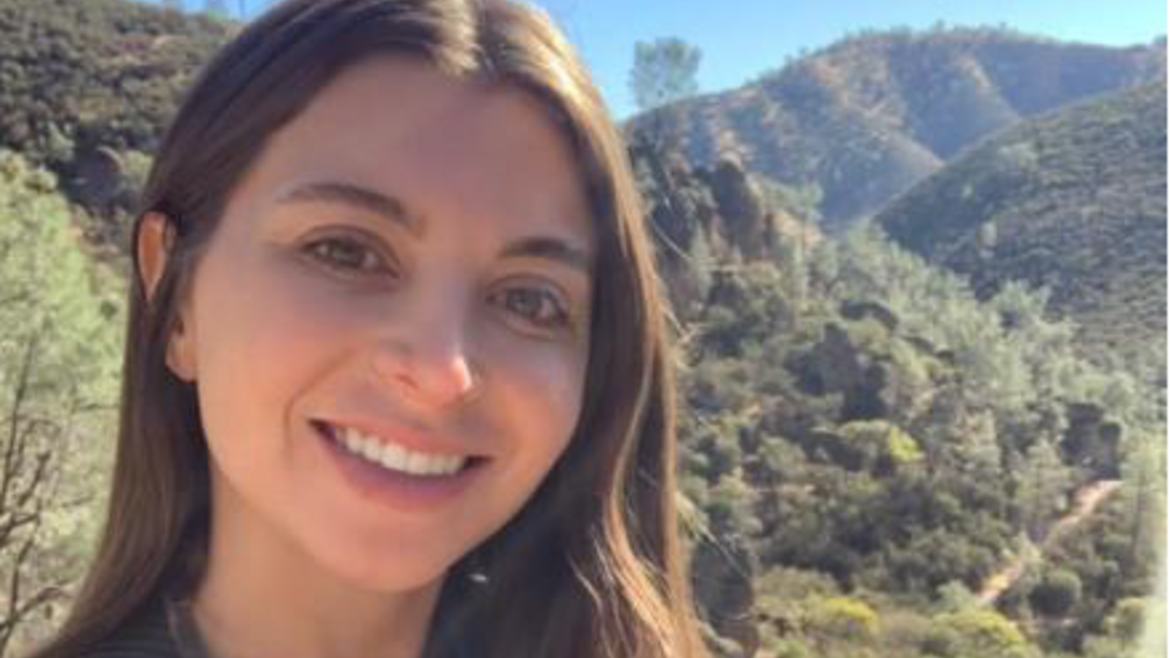NEMA 250 Seminar- Perla Achi, UC Riverside

The Department of Nematology's weekly NEMA 250 seminar series is presented this week by:
Perla Achi, Ph.D. Candidate, CMDB Graduate Program, Department of Nematology, UC Riverside
Seminar Title: “A molecular evolutionary cascade facilitates nematode parasitism of prey carrying toxic cardiac glycosides"
Seminar Summary: Target-site insensitivity (TSI) is an important mechanism of animal resistance to natural and man-made toxins. TSI evolved in parallel in the monarch butterfly and other insects that specialize on milkweeds and is thought to have facilitated sequestration of cardiac glycosides (CGs) that may protect these insects from predation and parasitism. Substitution N122H in the CG-binding pocket of the molecular target, the Na+/K+-ATPase alpha subunit (ATPα), strongly enhances TSI and evolved in parallel in CG-sequestering insects across six orders. Upon performing a genetic screen of the Na+/K+-ATPase, we recently identified N122H in the entomopathogenic nematode
(EPN) Steinernema carpocapsae, which parasitizes insects around milkweeds. This sets up the possibility that parallel evolution of N122H may not only have facilitated CG sequestration by insects, but also nematode parasitism of CG-carrying insects. Here, we show that N122H is rare among nematodes and that, among species tested for CG tolerance, S. carpocapsae showed significantly stronger insensitivity to diverse CGs than nematodes without N122H, including free-living Caenorhabditis elegans and parasites of milkweed roots. CRISPR gene editing in C. elegans showed N122H is sufficient for overcoming toxicity of CG levels found in sequestering
insects. However, N122H was accompanied by costs related to nervous system robustness, potentially explaining its rarity among nematodes. Finally, S. carpocapsae was the only EPN tested that was highly successful at infecting CG-carrying insects and that displayed attraction to CGs. Taken together, our results suggest that a molecular evolutionary cascade of parallel substitutions across hosts and parasites, last sharing common ancestry 600 million years ago, may shape multitrophic interactions.